Optimal Timing for Waterproofing Projects
Proper timing for waterproofing projects ensures optimal results and durability. Weather conditions, temperature, and moisture levels significantly influence the effectiveness of waterproofing applications. Identifying the ideal period can help prevent future water intrusion issues and extend the lifespan of structures.
Spring offers moderate temperatures and lower humidity, making it suitable for waterproofing work. It allows sufficient curing time before summer heat and winter cold.
Warm weather and dry conditions are ideal for waterproofing. High temperatures accelerate curing, but excessive heat or rain can hinder application.
Cooler temperatures and lower humidity levels make fall a good time, especially before winter. It provides time for the waterproofing to set before cold weather.
Winter is generally not recommended due to freezing temperatures and moisture. However, some specialized products allow for application in mild winter conditions.

Workers applying waterproofing membrane during spring weather.

Dry, warm conditions ideal for waterproofing work.
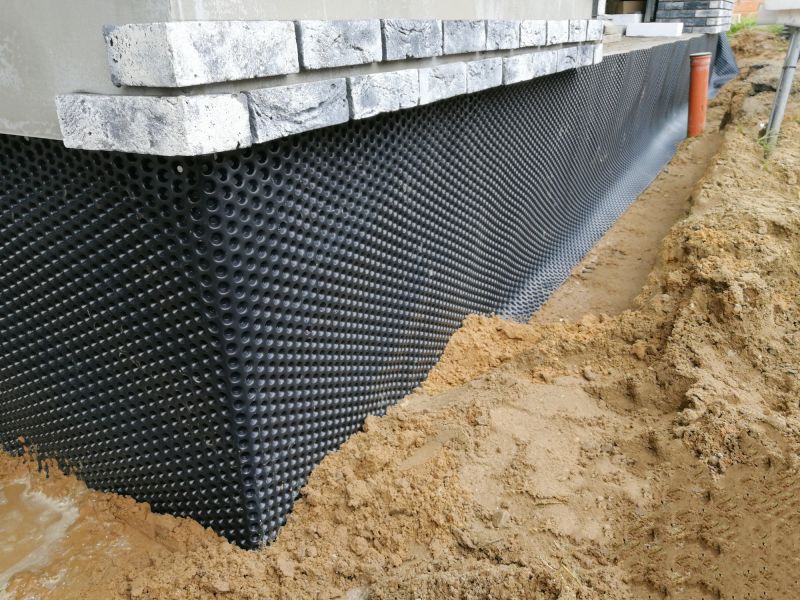
Protecting structures before winter sets in.
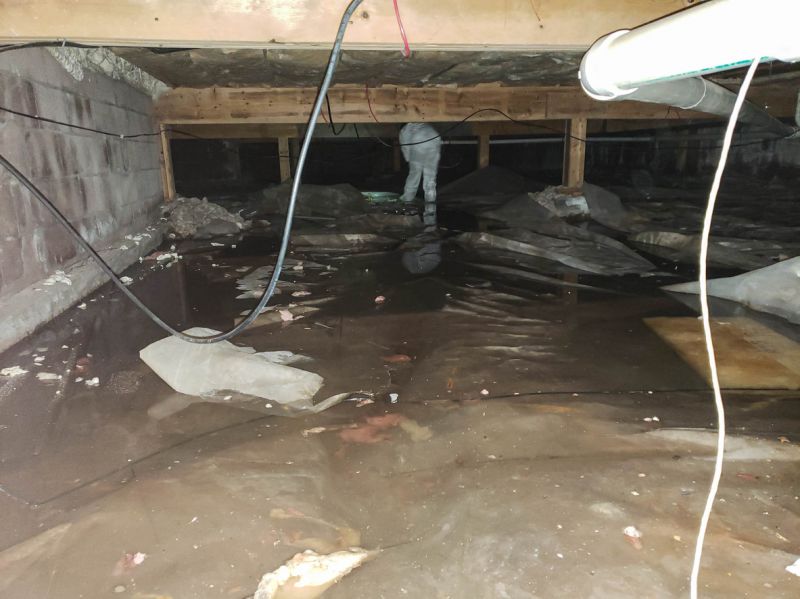
Ways to make Waterproofings work in tight or awkward layouts.
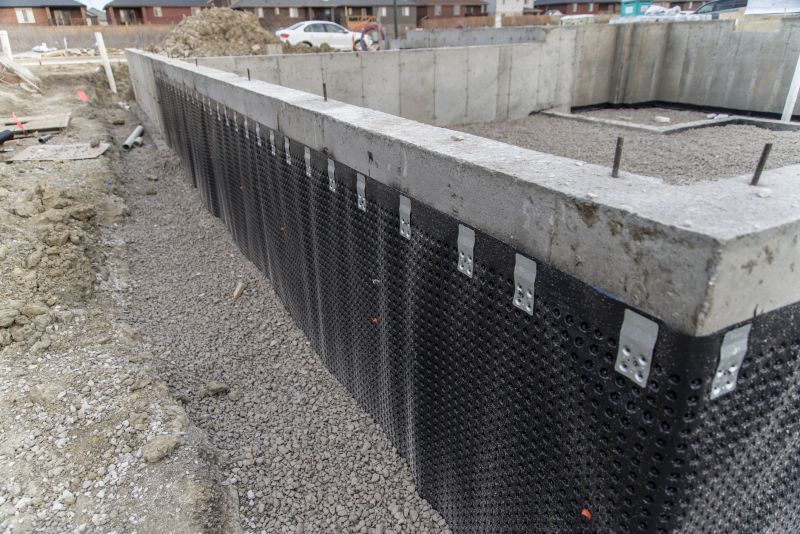
Popular materials for Waterproofings and why they hold up over time.
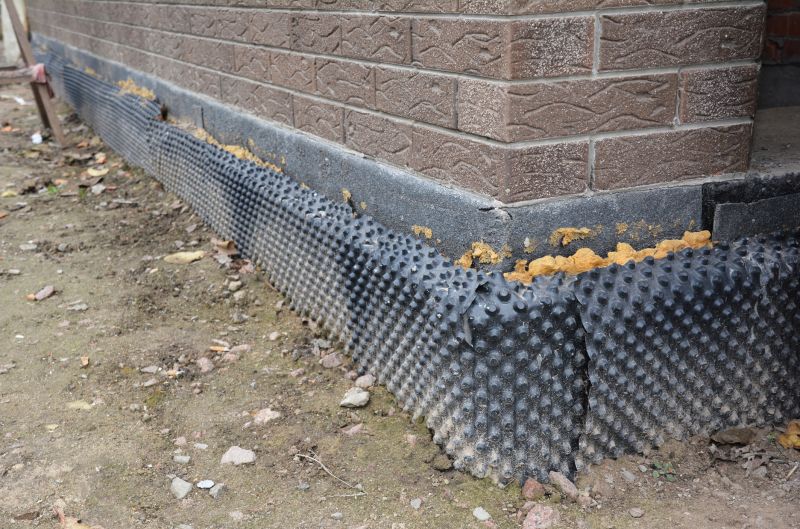
Simple add-ons that improve Waterproofings without blowing the budget.
Waterproofing is a critical component in protecting structures from water damage, which can lead to mold, structural deterioration, and costly repairs. Different waterproofing methods, such as membranes, coatings, and sealants, are selected based on the specific application and environmental conditions. Properly timed waterproofing projects can enhance building longevity and reduce maintenance needs.
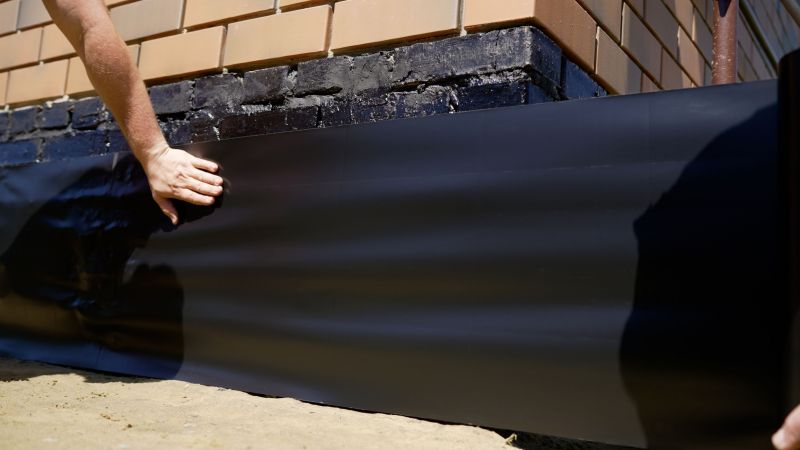
Application of sealant on a building foundation.
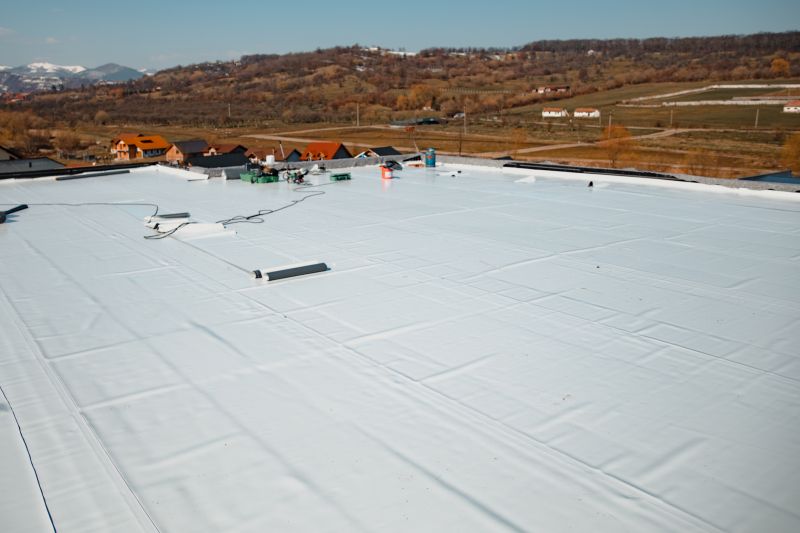
Waterproof membrane being installed on a roof.
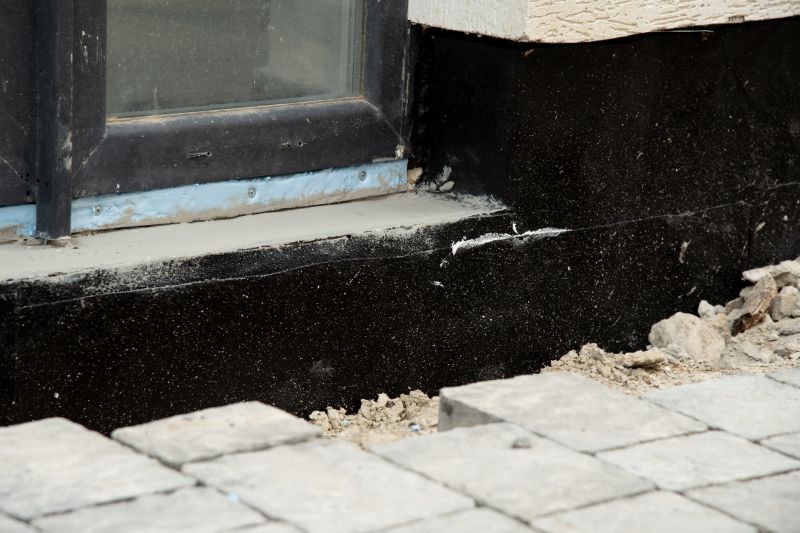
Waterproofing process on a basement wall.
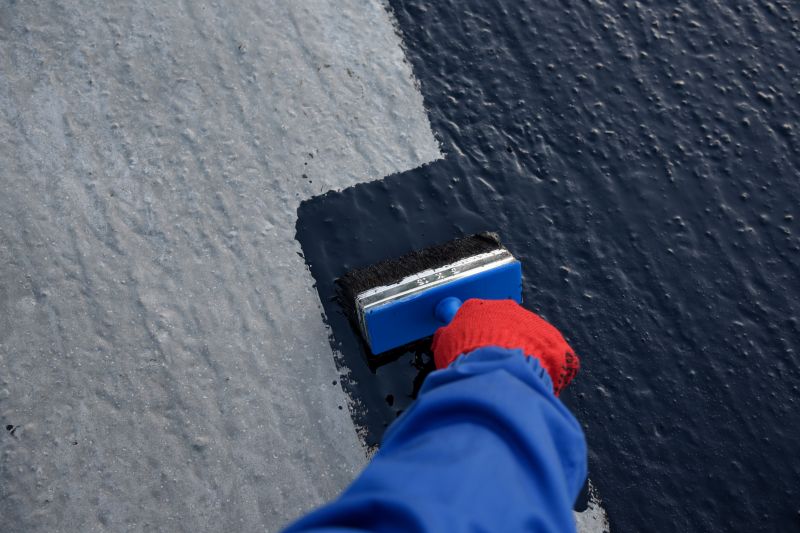
Applying protective waterproof coating to a surface.
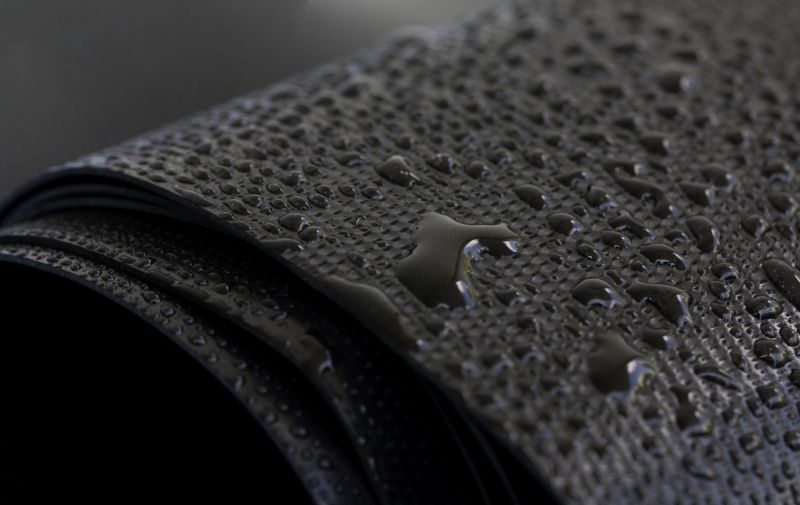
High-end options that actually feel worth it for Waterproofings.

Finishes and colors that play nicely with Waterproofings.

Little measurements that prevent headaches on Waterproofings day.
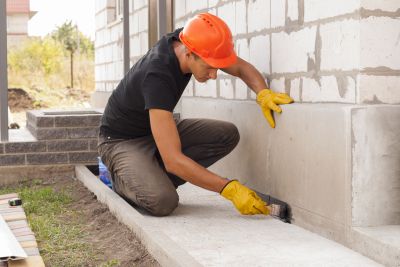
A 60-second routine that keeps Waterproofings looking new.
| Season | Recommended Waterproofing Conditions |
|---|---|
| Spring | Moderate temperatures, low humidity, ideal for most waterproofing methods. |
| Summer | Warm, dry weather suitable; avoid extreme heat or rain. |
| Fall | Cooler temperatures, low humidity, good before winter. |
| Winter | Generally not recommended; only in mild conditions with specialized products. |
| Late Fall | Preparation for winter; ensure waterproofing is complete before cold weather. |

